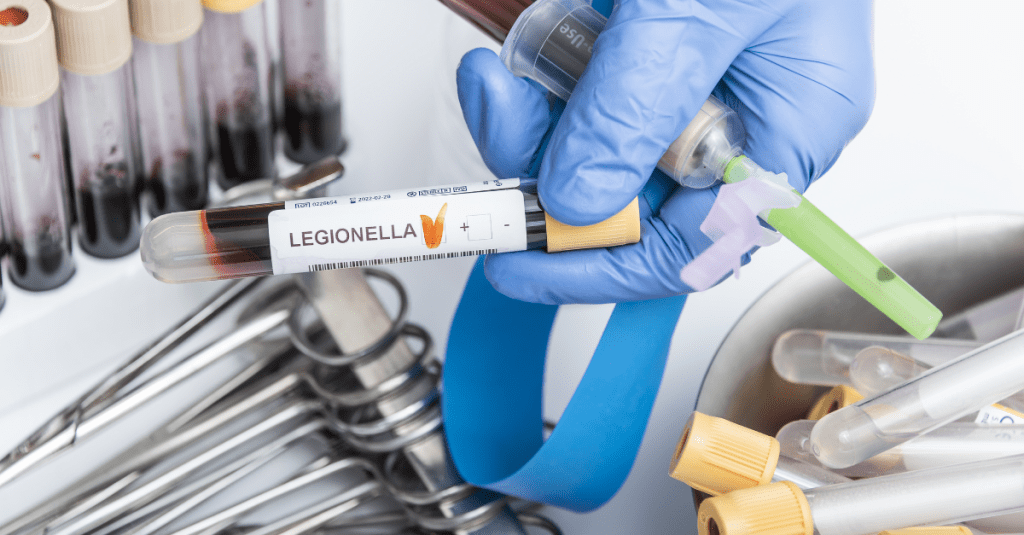Healthcare water treatment for Legionella is crucial in safeguarding patients and staff from this dangerous waterborne pathogen. Legionella bacteria, which can cause Legionnaires’ disease—a severe form of pneumonia—pose a significant threat, particularly to vulnerable populations such as the elderly and those with chronic health conditions.
Healthcare facilities face heightened risks for Legionella growth and transmission due to several factors, including:

Effective water treatment for Legionella in healthcare involves a combination of physical, chemical, and operational controls:
Healthcare facilities should implement the following interventions to control and prevent Legionella:
Healthcare facilities must establish and implement a Water Management Program (WMP) to control Legionella and other waterborne pathogens. A comprehensive WMP should include:
By taking these proactive steps, healthcare facilities can effectively protect their patients and staff from the serious risks posed by Legionella bacteria.
Legionella is a type of bacteria that can cause Legionnaires’ disease, a severe form of pneumonia that is particularly dangerous for vulnerable populations such as the elderly and those with chronic health conditions.
Legionella can grow in warm, stagnant water often found in complex healthcare water systems, including low-flow areas, dead legs, and certain medical equipment that produces aerosols.
Key strategies include maintaining water temperatures outside the range for Legionella growth, preventing water stagnation, ensuring adequate disinfection, and maintaining plumbing and equipment to prevent sediment and biofilm buildup.
A Water Management Program is essential for identifying risks, implementing control measures, monitoring effectiveness, and documenting procedures to protect against Legionella growth and transmission.
Healthcare facilities should regularly test their water systems as part of their Water Management Program, with the frequency depending on the specific risk factors and system complexities.